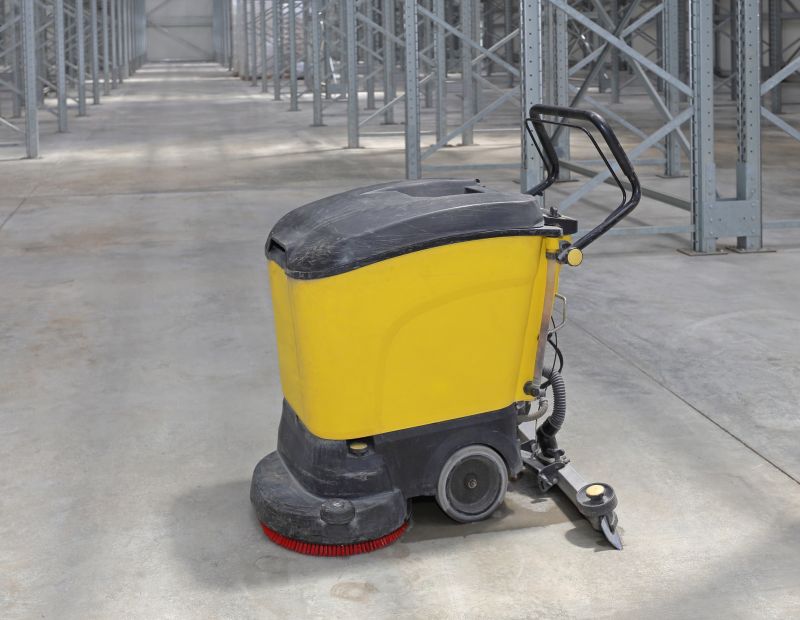Optimal Timing for Equipment Movings
Scheduling equipment movings at optimal times can minimize disruptions and ensure safety. The timing depends on factors such as project timelines, weather conditions, and operational schedules. Proper planning helps reduce downtime and resource conflicts.
Perform equipment moves during early mornings or late evenings to avoid operational disruptions and reduce congestion.
Schedule during periods of stable weather to prevent delays caused by rain, snow, or high winds.
Align equipment movements with project milestones to ensure minimal impact on ongoing work.
Utilize weekends for large or complex moves to minimize interference with daily operations.

Ways to make Equipment Movings work in tight or awkward layouts.

Popular materials for Equipment Movings and why they hold up over time.

Simple add-ons that improve Equipment Movings without blowing the budget.

High-end options that actually feel worth it for Equipment Movings.

Finishes and colors that play nicely with Equipment Movings.

Little measurements that prevent headaches on Equipment Movings day.
Effective equipment moving requires detailed planning and coordination. Utilizing appropriate timing can prevent delays, reduce costs, and enhance safety. Industry statistics indicate that scheduling during optimal periods can decrease project delays by up to 30%, and reduce equipment downtime significantly.
Large-scale equipment relocations often demand meticulous timing to align with operational schedules and environmental conditions. Properly timed moves can also improve safety outcomes by avoiding adverse weather and high-traffic periods, thereby minimizing risks associated with equipment handling.

A 60-second routine that keeps Equipment Movings looking new.

A frequent mistake in Equipment Movings and how to dodge it.

Small tweaks to make Equipment Movings safer and easier to use.

Lower-waste or water-saving choices for Equipment Movings.
| Timing Consideration | Impact on Equipment Moving |
|---|---|
| Off-Peak Hours | Reduces operational interference and congestion. |
| Favorable Weather | Prevents delays and safety hazards. |
| Project Milestones | Ensures minimal disruption to ongoing work. |
| Weekend Scheduling | Allows for large or complex moves with less interruption. |
| Avoiding Peak Seasons | Secures availability of resources and personnel. |
| Seasonal Weather Patterns | Planning around seasons minimizes weather-related delays. |
| Industry Activity Cycles | Aligning with industry cycles optimizes resource use. |
| Maintenance Windows | Scheduling during maintenance reduces equipment downtime. |
